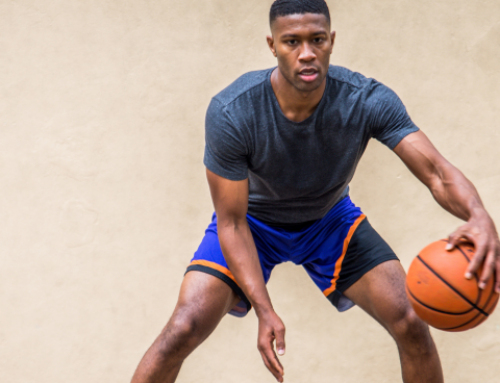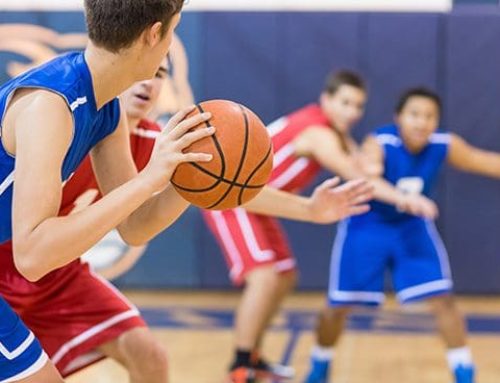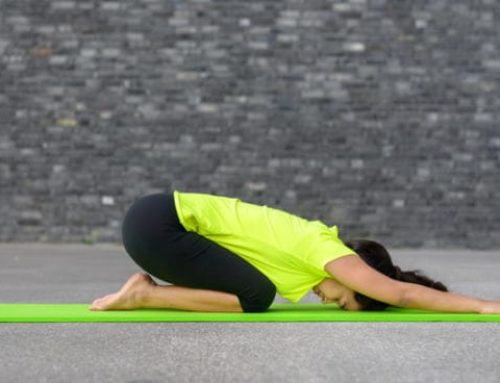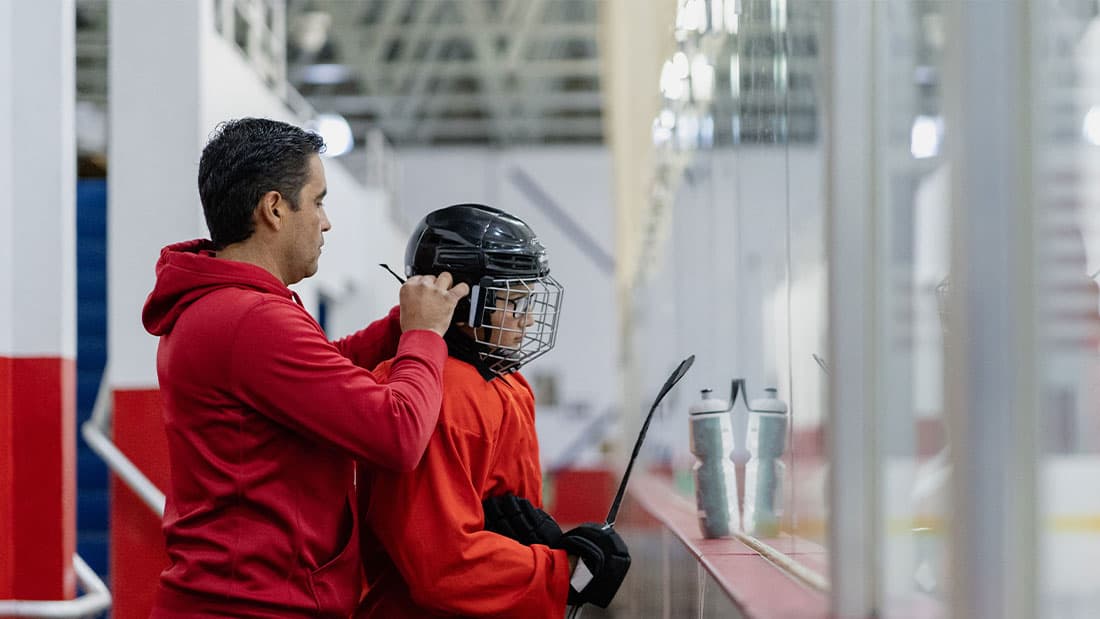Play Your Best With This 3-Exercise Basketball Warm-Up
For as much time and energy basketball players put into honing their games, few realize the impact a proper warm-up can have on their performance.
The good news is that a basketball warm-up doesn’t have to be long and boring to be effective. I’ve complied a simple warm-up consisting of just three movements that can prime you for peak performance on the basketball court.
Why Perform a Basketball Warm-up?
Based on scientific research, this warm-up is designed to boost body temperature, increase blood flow to working muscles, activate muscle groups, stimulate the nervous system and enhance joint mobility. Performing this warm-up correctly prepares your body for success while decreasing the potential risk for injury.
So, what makes this basketball warm-up so effective for boosting performance?
One response to an effective warm-up is the elevation of core body temperature. This means you should build up a mild sweat. An elevated core body temperature decreases tightness in the tissue viscosity of the muscles, tendons and ligaments. A lower viscosity, or resistance, in these tissues will increase your mobility. From a performance aspect, an increased range of motion in the muscles, tendons and ligaments allows you to have better movement mechanics along with increased force production. That translates to a quick lateral movement, faster first step, and high vertical jump for basketball players.
An effective basketball warm-up can also considerably reduce the chance of injury. As I mentioned before, warm-up activity can lower the viscosity of muscles, tendons and ligaments, resulting in an increased range of motion. This mechanism also plays a significant role in injury prevention. As the viscosity is lowered and the range of motion increases, you also experience a decrease in muscle and joint stiffness. This creates an internal environment that assists in reducing the likelihood of non-contact injuries caused by the stresses of sudden and unexpected movements.
A sound dynamic warm-up should include activities from three categories designed to prime your body to boost performance during practice or competition.
Thermogenic Movement
3-5 minutes of continuous rhythmic movement. The goal is to elevate core body temperature (thermogenic effect) and increase heart rate to a level where the athlete begins to mildly sweat.
General Mobility
Activities used to increase blood flow, take joints through ranges of motion and prepare the body for movement. Generally executed at a low exertion level in the start of the dynamic warm-up.
Muscle Activation
Isolated movements used to stimulate specific muscles. The targeted muscles are those important to posture, stability and force application during speed and agility training. Generally performed after core body temperature is elevated, these movements are also interspersed throughout the Transit and dynamic mobility movements.
Now that you know why and how to include an effective basketball warm-up into your routine, you’re ready to make it happen. Implement the drills listed in the video before any structured training program whether on the court or in the weight room. You are going to feel much more prepared both physically and mentally to play your best basketball.
READ MORE:
RECOMMENDED FOR YOU
MOST POPULAR
Play Your Best With This 3-Exercise Basketball Warm-Up
For as much time and energy basketball players put into honing their games, few realize the impact a proper warm-up can have on their performance.
The good news is that a basketball warm-up doesn’t have to be long and boring to be effective. I’ve complied a simple warm-up consisting of just three movements that can prime you for peak performance on the basketball court.
Why Perform a Basketball Warm-up?
Based on scientific research, this warm-up is designed to boost body temperature, increase blood flow to working muscles, activate muscle groups, stimulate the nervous system and enhance joint mobility. Performing this warm-up correctly prepares your body for success while decreasing the potential risk for injury.
So, what makes this basketball warm-up so effective for boosting performance?
One response to an effective warm-up is the elevation of core body temperature. This means you should build up a mild sweat. An elevated core body temperature decreases tightness in the tissue viscosity of the muscles, tendons and ligaments. A lower viscosity, or resistance, in these tissues will increase your mobility. From a performance aspect, an increased range of motion in the muscles, tendons and ligaments allows you to have better movement mechanics along with increased force production. That translates to a quick lateral movement, faster first step, and high vertical jump for basketball players.
An effective basketball warm-up can also considerably reduce the chance of injury. As I mentioned before, warm-up activity can lower the viscosity of muscles, tendons and ligaments, resulting in an increased range of motion. This mechanism also plays a significant role in injury prevention. As the viscosity is lowered and the range of motion increases, you also experience a decrease in muscle and joint stiffness. This creates an internal environment that assists in reducing the likelihood of non-contact injuries caused by the stresses of sudden and unexpected movements.
A sound dynamic warm-up should include activities from three categories designed to prime your body to boost performance during practice or competition.
Thermogenic Movement
3-5 minutes of continuous rhythmic movement. The goal is to elevate core body temperature (thermogenic effect) and increase heart rate to a level where the athlete begins to mildly sweat.
General Mobility
Activities used to increase blood flow, take joints through ranges of motion and prepare the body for movement. Generally executed at a low exertion level in the start of the dynamic warm-up.
Muscle Activation
Isolated movements used to stimulate specific muscles. The targeted muscles are those important to posture, stability and force application during speed and agility training. Generally performed after core body temperature is elevated, these movements are also interspersed throughout the Transit and dynamic mobility movements.
Now that you know why and how to include an effective basketball warm-up into your routine, you’re ready to make it happen. Implement the drills listed in the video before any structured training program whether on the court or in the weight room. You are going to feel much more prepared both physically and mentally to play your best basketball.
READ MORE:











